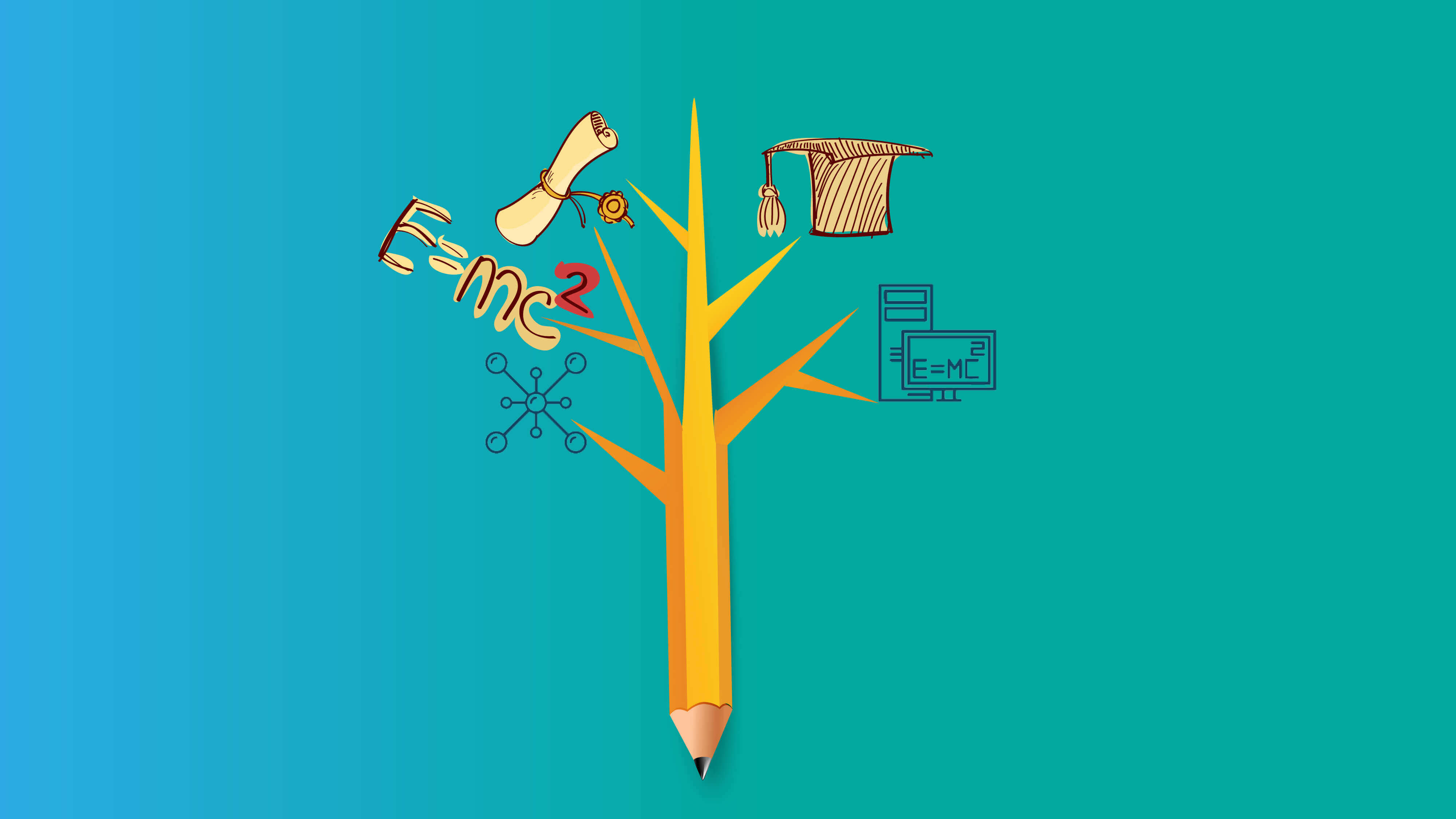Physics,Grade 11th,University Preparation (SPH3U)


-
Name:Physics,Grade 11th,University Preparation (SPH3U)
-
Grade:Grade 11th
-
Prereq:Science,Grade 10th,Academic (SNC2D)
-
Code:SPH3U
-
Type:University Preparation
-
Credit Value:1
-
Develop Date:2021-02-01
-
Course Price:CAD $1300
-
Status:Active
Course Description:
This course develops students' understanding of the basic concepts of physics. Students will explore kinematics, with an emphasis on linear motion; different kinds of forces; energy transformations; the properties of mechanical waves and sound; and electricity and magnetism. They will enhance their scientific investigation skills as they test the laws of physics. In addition, they will analyze the interrelationships between physics and technology, and consider the impact of technological applications of physics on society and the environment.
Aims and Objectives:
- Define motion in a straight line.
- Explain motion and types of motion.
- Explore projectile motion by giving an example.
- Demonstrate acceleration due to gravity and give its value.
- Explain different types of forces along-with their examples.
- Define the concept of solving friction.
- Demonstrate the concept of free fall and air resistance.
- Explain forces applied to automotive technology.
- Explore work energy and work kinetic theorem.
- Define gravitational potential energy and conversation.
- Explain the heating and cooling system in detail.
- Identify atoms isotope and radioactivity though giving an example.
- Define types of decay and half-life and discuss them in detail.
- Explain nuclear fission and nuclear power generation.
- Explain different types of vibration and mechanical waves.
- Demonstrate Kirchhoff law and ohm with proper reasoning.
- Define power plants, electric energy and PowerPoint.
- Explore electromagnetic induction and lenses with examples.
Expectations:
- Kinematics
Throughout this course, students will:
- Analyze technologies that apply concepts related to kinematics and assess the technologies' social and environmental impact.
- Investigate, in qualitative and quantitative terms, uniform and non-uniform linear motion, and solve related problems.
- Analyze and propose improvements to technologies that apply concepts related to dynamics and newton's laws and assess the technology's social and environmental impact.
- Forces
By the end of this course, students will:
- Investigate, in qualitative and quantitative terms, net force, acceleration, and mass, and solve related problems.
- Demonstrate an understanding of the relationship between changes in velocity and unbalanced forces in one dimension.
- Energy and Society
By the end of this course, students will:
- Analyze technologies that apply principles and concepts related to energy transformations.
- Investigate and assess the technologies' social and environmental impact.
- Demonstrate an understanding of the concepts, properties, principles, and laws related to gravitational, electric, and magnetic fields and their interactions with matter.
- Analyze the social, economic, and environmental impact of electrical energy production and technologies related to electromagnetism and propose ways to improve the sustainability of electrical energy production.
- Waves and Sound
Throughout this course, students will:
- Analyze and access interference of waves and beats.
- Demonstrate frequency and period with real-time examples.
- Discuss mechanical and vibration waves along with their applications.
- Electricity and Magnetism
Throughout this course, students will:
- Analyze the social, economic, and environmental impact of electrical energy production.
- Investigate technologies related to electromagnetism.
- Demonstrate ways to improve the sustainability of electrical energy production.
Unit-wise Progression:
|
Unit
|
Title and Subtopics |
|
Unit 1 |
Kinematics
- Hours: 17 |
|
Unit 2 |
Forces
- Hours :18 |
|
Unit 3 |
Energy and Society
- Hours :23 |
|
Mid-Term - Hours: 2 |
|
|
Unit 4 |
Waves and Sound
- Hours: 21 |
|
Unit 5 |
Electricity and Magnetism
- Hours: 21 |
|
Culminating Activity – 5 Hours |
|
|
Final Term – 3 Hours |
|
|
Total – Hours 110 |
|
Teaching/Learning Methodologies:
The students are provided with almost all the material they would need to learn. The students will be provided with the whole resource of the course. The textbook will be attached with the course; the students will be able to download extra reading packs according to the lessons for the deep understanding of the concerned lesson. This course has almost all the things included for the learning of the students/learners as well as for the entertainment. This course includes the activities in the form of cumulative activities; moreover as the course would start the student will be given a specific lab access for every topic, which they need about. The students will be able to solve the scientific problems by applying the acquired knowledge from this course. The assessments for every unit, the assessment of every lesson will be checked and reports will be designed. The students will be given the full time access to ask the questions to the teacher about the lessons. Proper lectures for every lesson will be conducted. The student will have to give the reflection feedback for the previous lecture and then the teacher will start the next lecture. The student will be able to ask queries about the lesson at the end of the lecture
- Lesson plans
- PowerPoint presentations
- Videos
- Reading Packs
- Assignment for Learning
- Assessment of Learning
- Quiz
All of these are a cluster of downloadable and embedded files that will be provided to each candidate with the progression of the course.
E-Learning Approach:
E-learning is not only a training method but it is a learning method that is tailored to individuals. It is found that different terminologies have been used to define learning that takes place online which actually makes difficult to develop a generic definition.
E-learning includes the delivery of content via Internet, Intranet, and Extranet, satellite broadcast, audio-video tape, interactive TV and CD-ROM. The term implies that the learner is at a distance from the tutor or instructor, that the learner uses some form of technology.
With attention to this new system of education that is spreading across the globe it’s imperative that the content of such study programs are enhanced and modified to serve both the learner and the instructor well whilst dealing with the gap of conventional studying methodologies. Thus the courses promise its reader an experience full of engagement, student-concentric approach, personalization and Interaction. Using a wide array of multimedia tools, cloud based LMS and diverse repository of subject tailored audio-visual material that student can utilize and learn in a stimulated work environment where he’s in charge of his work hours.
Our e-learners paddle through these courses in the mediation of skilled mentors to the finish line with understanding of their subject’s application into real world problems following a futuristic model of education.
Strategies for Assessment and Evaluation of Student Performance:
Assessment is the ongoing gathering of information related to the individual student’s progress in achieving the curriculum expectations of the course. To guide the student to his/her optimum level of achievement, the teacher provides consistent and detailed feedback and guidance leading to improvement. Strategies may include:
- Diagnostic assessment
- Formative assessment
- Summative assessment
- Performance assessment
- Portfolio assessment
- Rubrics
- Checklists
The final grade will be based on:
|
Weightage in Percentage
|
Categorical Marking Breakdown |
|
50% |
Course Work |
|
10% |
Mid Term |
|
10% |
Culminating Activity |
|
30% |
Final Exam |
|
Assessment of Learning
|
||
|
Student Product |
Observation |
Conversation |
|
Learning Logs (anecdotal) Assignment Pre-tests (scale/rubric) Quizzes (scale/rubric) Rough drafts (rubric) Graphic organizers (scale) Peer feedback (anecdotal/checklist) Reports (rubric) Essays (rubric) Webbing/Mapping (rubric/scale) Vocabulary notebooks (anecdotal) Visual Thinking Networks (rubric) Tests (scale/rubric) Exams
|
Self-proofreading (checklist) Class discussions (anecdotal) Debate (rubric) PowerPoint presentations (rubric) Performance tasks (anecdotal/scale)
|
Student teacher conferences (checklist) Debate (rubric) Peer-feedback (anecdotal) Peer-editing (anecdotal) Oral pre-tests (scale/rubric) Oral quizzes (scale/rubric) Oral tests (scale/rubric) Question and Answer Session (checklist) Online laboratory access for the concerned lessons(checklists)
|
Resources Required by the Student:
- Microsoft Suite (Word, Excel, Power-point etc.)
- A laptop, or Mac, or Android, or any other operating system functional enough to use the web browser and use online software.
- Curriculum Reference: The Ontario Curriculum, Sciences







